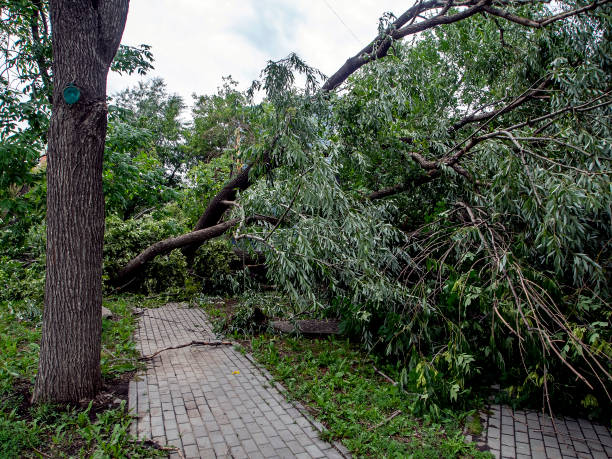
Trees are a valuable asset to any landscape, providing shade, beauty, and environmental benefits. However, without proper care and maintenance, they can become overgrown, unsightly, and even hazardous. This is where the art of tree pruning comes into play. Pruning is an essential practice that helps maintain the health, structure, and appearance of trees, ensuring their longevity and enhancing the overall aesthetics of your garden.
Regular tree pruning offers numerous benefits, including improved air circulation, increased light penetration, and enhanced plant health. It also helps to remove dead, diseased, or damaged branches, reducing the risk of property damage or personal injury. Furthermore, strategic pruning can shape and train young trees, promoting desirable growth patterns and structural integrity.
The timing of pruning is crucial for the health and vigor of your trees. Generally, the best time to prune is during the dormant season, typically in late winter or early spring, before new growth emerges. However, some trees, such as fruit trees, may require pruning during specific times of the year for optimal fruit production.
Investing in the right tools is essential for effective and safe tree pruning. Hand pruners, loppers, and pruning saws are necessary for smaller branches, while pole pruners and chainsaws may be required for larger, higher branches. Always ensure your tools are sharp and well-maintained for clean, precise cuts.
After pruning, properly dispose of the removed branches and debris. Applying a tree wound dressing or sealant to larger cuts can help protect the tree from pests and diseases. Finally, consider mulching around the base of the tree to retain moisture and suppress weeds.
Excessive pruning can stress and weaken a tree, making it more susceptible to pests, diseases, and environmental stresses. Always follow the recommended guidelines for your specific tree species.
Improper cuts can lead to bark tearing, disease entry points, and structural weaknesses. Always make clean, angled cuts just above an outward-facing bud or branch collar.
Tree pruning can be dangerous, especially when working at heights or with larger branches. Never compromise safety by neglecting proper equipment, techniques, or precautions.
Embracing the Art of Tree Pruning for a Beautiful and Healthy Landscape
Mastering the art of tree pruning is essential for maintaining a beautiful, healthy, and safe landscape. By following the proper techniques, timing, and safety measures, you can ensure the longevity and vitality of your trees, while enhancing the overall aesthetics of your garden. If you need professional assistance with tree pruning or any other landscaping services, don’t hesitate to contact Top Cuts Tree Service & Landscaping at (443) 975-4810. Their team of experts is dedicated to helping you achieve the garden of your dreams.